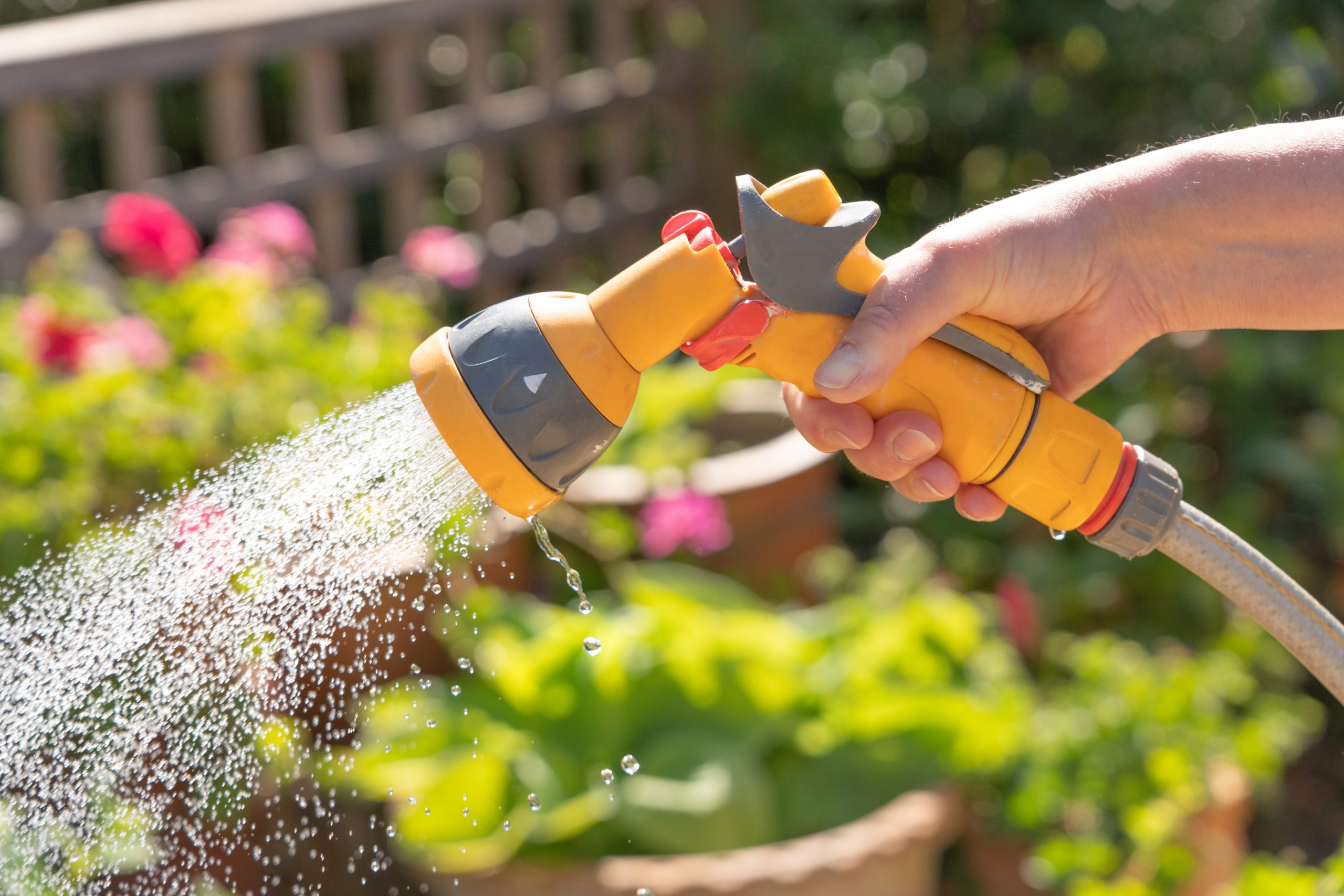Discover 10 best water butts to help you save rainwater
Water butts, also known as rain barrels or water barrels, are containers used to collect and store rainwater for later use. By collecting and storing rainwater, water butts will help to minimise water waste and contribute to sustainable water management practices.
By using a water butt, you can save on water bills, conserve a precious resource, and contribute to sustainable gardening practices.
Things to consider when thinking about a water butt:
- Capacity: Water butts come in various sizes, ranging from small ones that hold around 100 liters (22 gallons) to larger ones with capacities exceeding 500 liters (110 gallons). The size you choose depends on your water needs and the available space.
- Positioning: Water butts should be placed on a solid, level surface, preferably on a stand or platform for easy access to the tap. It’s important to ensure stability and prevent the butt from toppling over when filled.
- Maintenance: Regular maintenance involves keeping the lid and filter clean, checking for any leaks or damage, and using the stored water regularly to prevent stagnation. During freezing temperatures, it’s crucial to empty the butt or take measures to prevent it from cracking.
How does a water butt work?
A water butt is positioned beneath a downpipe or connected to a gutter system. When it rains, the water flows down the downpipe or gutter and enters the water butt through a diverter or directly from a downpipe outlet.
How to install a water butt?
Installing a water butt is a great way to collect and store rainwater for use in your garden or other purposes. Here’s a step-by-step guide on how to install a water butt:
- Select a suitable location for your water butt. Ideally, it should be close to a downpipe or gutter system to easily collect rainwater. Ensure that the ground is level and stable.
- Cut the downpipe: Use a hand saw to carefully cut the downpipe at the marked point. Make a straight, clean cut to ensure a secure fit for the diverter kit
- Install the water butt: Position the water butt on a stable and level surface. If necessary, place it on a water butt stand to provide better access to the tap at the bottom. Ensure the stand is sturdy and capable of supporting the weight of the water butt when full.
- Connect the diverter hose: Attach the outlet hose from the diverter kit to the inlet of the water butt. Ensure it fits tightly and securely, and consider using hose clips to prevent any leaks.
Our top 10 water butts

Ecosure City 180 Litre Water Butt Planter
- UK designed and manufactured
- Stylish, dual-purpose water butt and planter
- Free brass tap, plastic shut off valve and standard diverter
- A feature for your garden – change the planting to suit the season
- Collect naturally soft rainwater to care for the plants

525 Litre Water Butt
- UK Made
- Available in a variety of colours to suit location
- Manufactured from virgin polymer
- Approximate wall thickness: 6-7mm
- Fully removable lid as standard
- ¾” raised brass threaded outlet

Etills Big City Water Butt Planter – Sandstone
- UK Made
- Frost proof in winter; plastic will not crack
- Slim cylindrical design – ideal when space is limited
- Shape maintained when full of water
- Robust, heavy duty product; industrial strength
- Opaque plastic reduces algae growth in sunlight

Oasis 375L Water Butt Planter
- UK designed and manufactured
- Stylish, dual-purpose water butt and planter
- Free brass tap, plastic shut off valve and standard diverter
- A feature for your garden – change the planting to suit the season
- Collect naturally soft rainwater to care for the plants
- Sleek, modern design
- Simple Gardening Jobs for MarchWith the arrival of spring, an array of tasks beckon, promising both challenge and fulfillment. March brings forth a tapestry of responsibilities, from pruning dormant trees and shrubs to preparing the soil for the upcoming planting season. Tender seedlings yearn
- 12 beautiful summer flowering bulbs you can order today ready for spring plantingNow is a great time to start thinking about your your summer flowering bulbs. Many supplier (including Bulbs.co.uk) will dispatch by the end of February ready for spring planting. Ordering this early will also give you a greater choice of
- 6 tips on saving water during a hosepipe banDuring a hosepipe ban, it’s essential to conserve water as much as possible to help alleviate the strain on water supplies. Here are some tips on how to save water during a hosepipe ban: Remember, during a hosepipe ban, every




